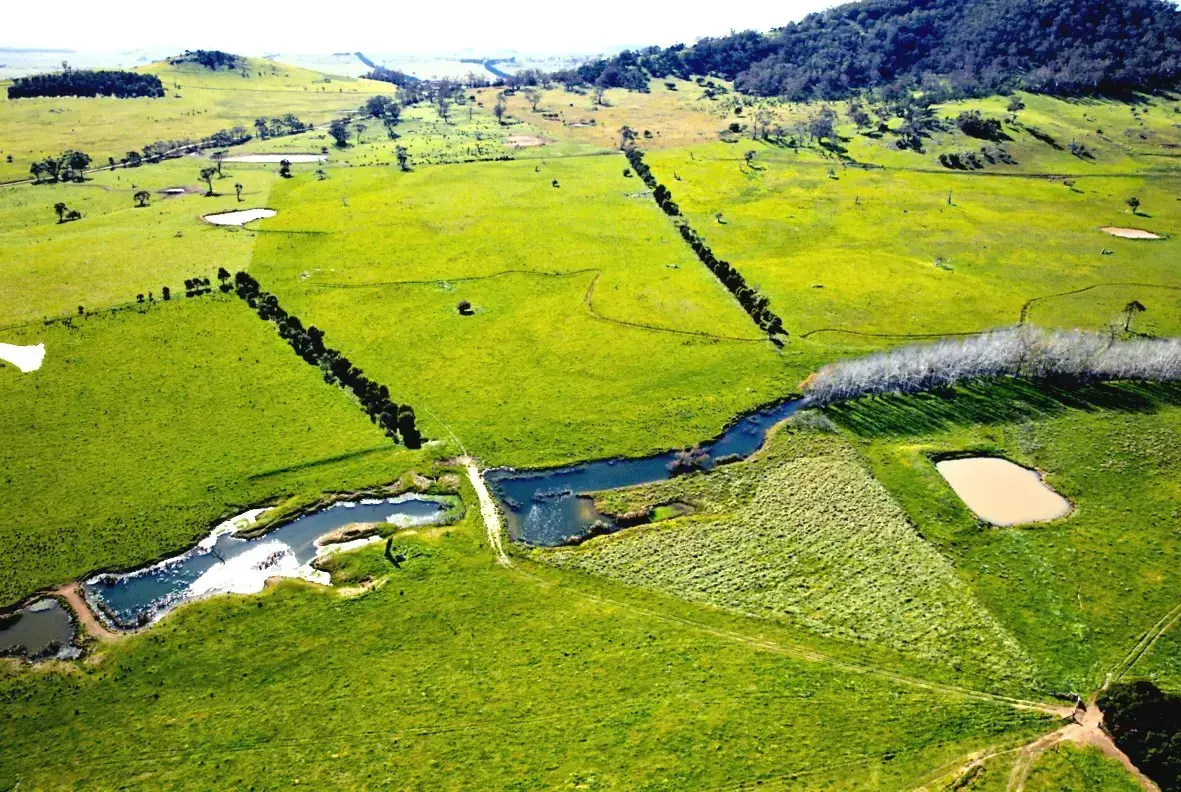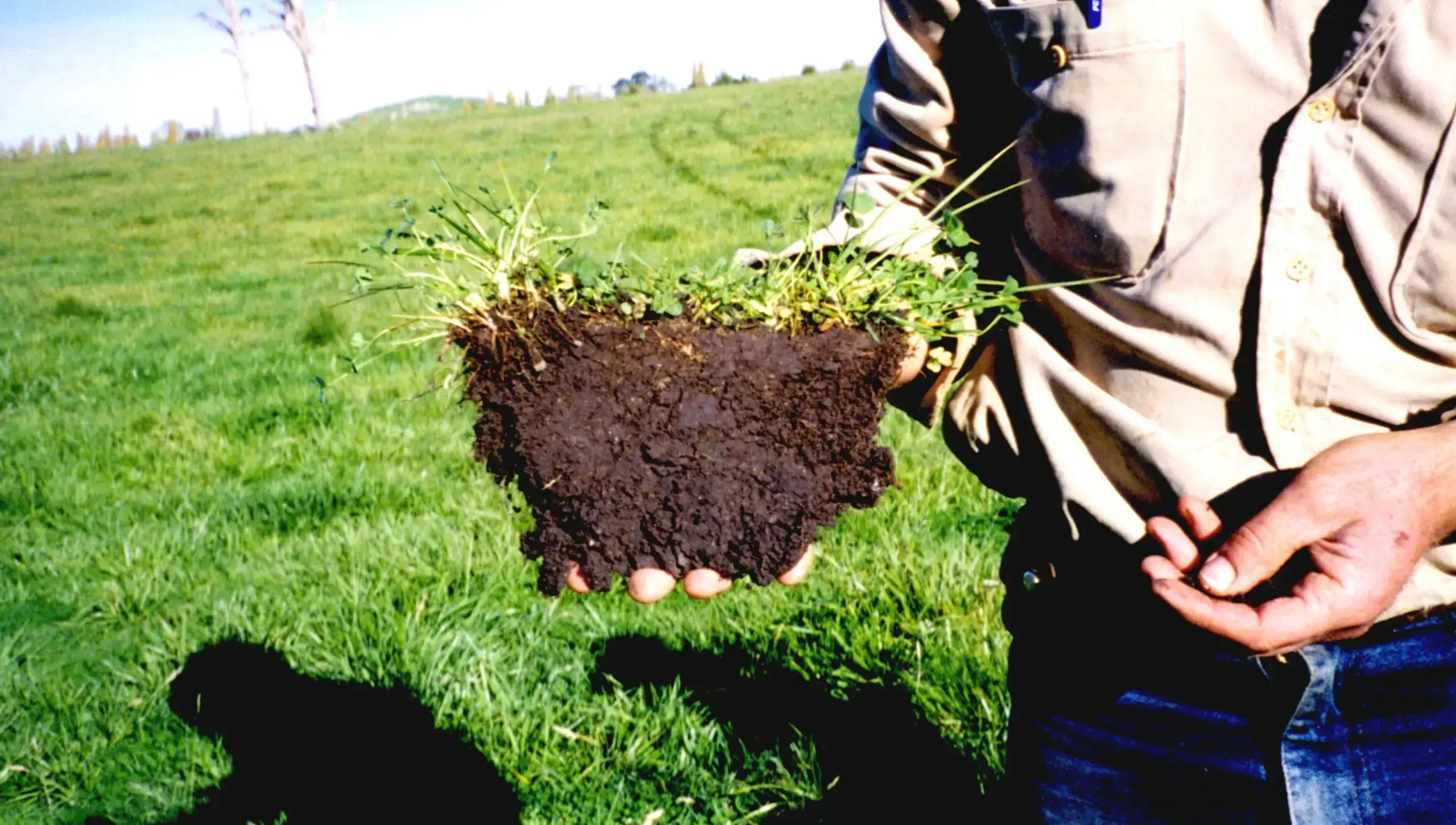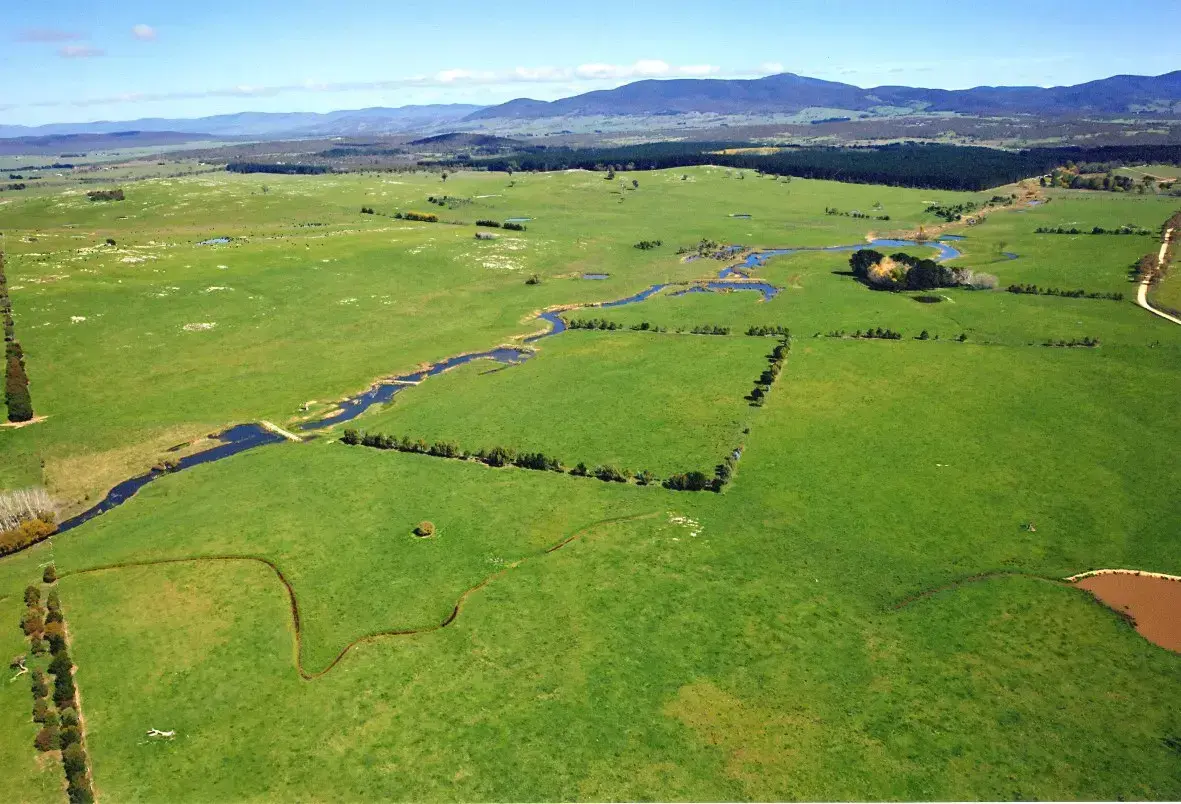This is the story of Jillamatong, a grazing property in the New South Wales Southern Tablelands with a history going back to 1951. In 1985, Martin Royds – the third-generation family member to manage Jillamatong – took over the running of the property. And he was forced to make big changes.
Jillamatong, Southern Highlands near Braidwood
FARM FACTS
ENTERPRISE: Prime lamb, cattle, garlic, truffles, yabbies
PROPERTY SIZE: 457 hectares
AVERAGE ANNUAL RAINFALL: 655 mm
ELEVATION: 650-750 m
MOTIVATION FOR CHANGE: Reducing input costs and increasing productivity (230% over 9 years)
INNOVATIONS
- Holistic management techniques
- restored eroded areas
- vastly improved water quality through development of chain of ponds
- improved soil nutrients and soil carbon
- sustained high levels of reproductive potential of pastures
- the maintenance of consistently high levels of ground cover in summer and in winter.
KEY RESULTS
- Significant reduction in costs
- 230% profit between 2005 and 2014
- Satisfaction across all levels
Introduction
A snapshot of Jillamatong’s history is relevant to the condition in which Martin inherited his land. From 1951 until 1985, when Martin began to take a more active role in the management of the Royds holdings, the property was stocked and rather degraded.
His grandfather had subdivided it into 12 paddocks and arranged for some applications of superphosphate to encourage the growth of seeded rye grass. There was no cropping – Jillamatong was only running sheep and cattle.
Ecological Health
Martin Royds has instituted whole of farm changes, and these reports detail the striking results.
They include minimising the effects of climate – not just climate change, but droughts and wildfire. Martin’s regenerative practices also prevent erosion; restored eroded areas; maintained ecological health; the productive capacity of the farm and vastly improved water quality.
Ecological changes also include: soil nutrients and soil carbon; sustained high levels of reproductive potential of pastures and the maintenance of consistently high levels of ground cover in summer and in winter.
Economic Health
This report presents the outputs of a 10-year financial analysis of Jillamatong. It contains selected financial indicators, which are compared to industry benchmarks incorporating 146 farms across South Eastern Australia. The benchmarking provides long term averages across a range of financial and production criteria.
Among other outstanding results, it shows a significant reduction in costs, including supplementary feed costs for cattle at less than 10% of the average, and over 26% less than the highest cost of supplementary feeding. Estimated costs and profit per DSE also show a remarkable 230% profit between 2005 and 2014.
This report examines the EBITs (Earnings before interest and Tax) of Jillamatong over the 10 years between 2005 and 2014, and shows consistent profits, from just under $300,000 to an average of just over $120,000.
Productivity Health
This report uses a number of productivity indicators and reveals that Martin Royd’s regenerative agriculture processes have reduced his costs incrementally. From a high of $1.90 per DSE in 2004/05, the indicators show that animal health expenses and pasture costs have gradually reduced, with allowance for dry years. Supplementary feed costs across the whole 10-year period are zero per DSE.
The indicators graphically explain some of the lower cost structures in the business. The grazing approach taken by Jillamatong has led to low pasture costs and the capacity to budget feed ahead, and adjust animal numbers accordingly.
Health and Wellbeing
There’s more to farming than profit and loss statements. This report presents the management team’s averaged response to questions completed on the social aspects of the business, using the On-Track Farm Family Business Indicators and questions from the Regional Wellbeing Survey.
In other words, it tells us how the people on the farm feel about their business, and how satisfied they are with the way they’re running their operations.
The results show satisfaction across all levels, with the highest scores related to the ability to try new things on the farm, the ability to be flexible, have clear expectations and social acceptance.






